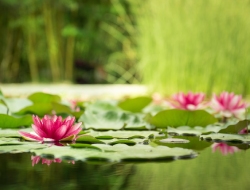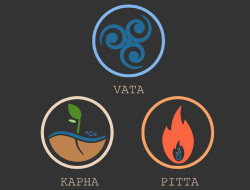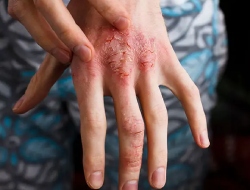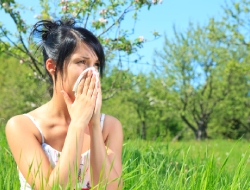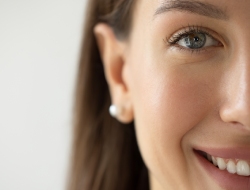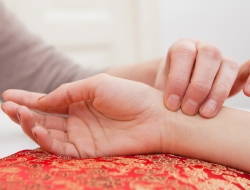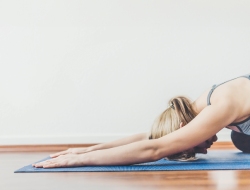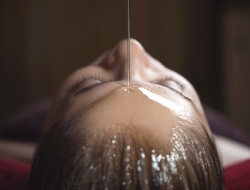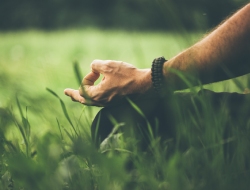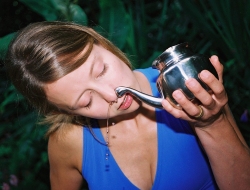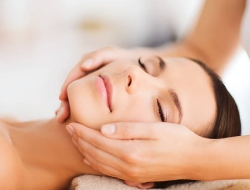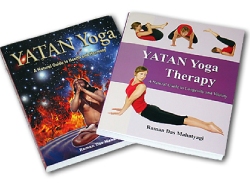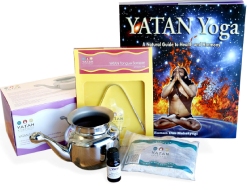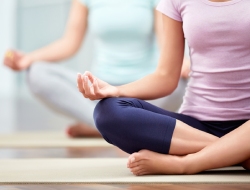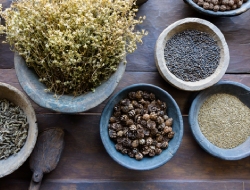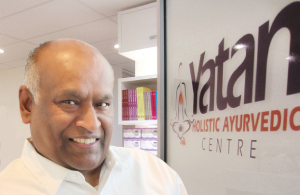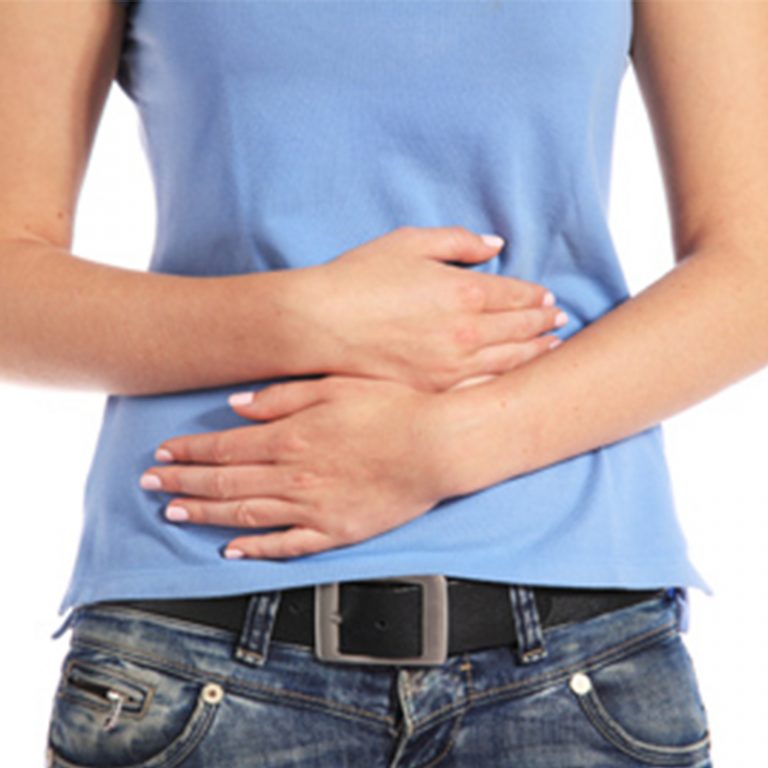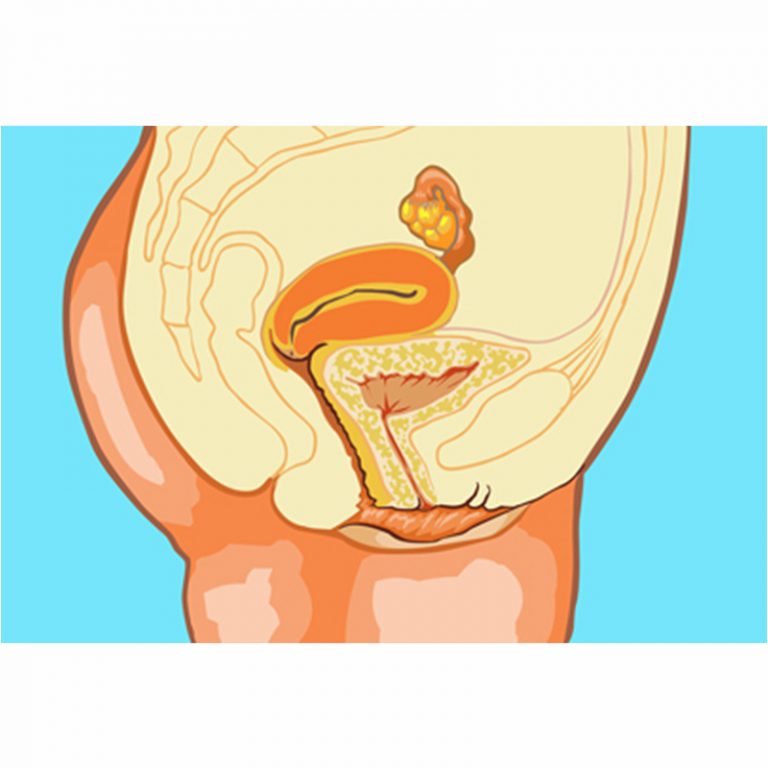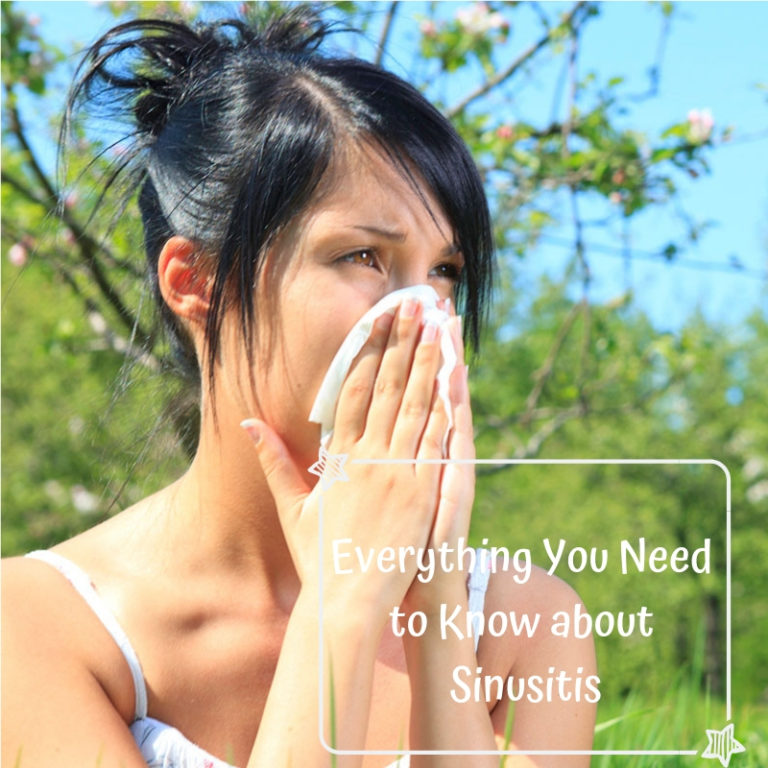Urticaria (Hives in Children): Rash, Symptoms (Causes), Treatment
Urticaria – also known as ‘hives’ – is an extremely common condition, with up to 20% of the population estimated to have been affected by it at one time or another. The most common and indicative hives symptoms are itchy pink rashes or red bumps that come and go anywhere on the body, often appearing in the evening or just after waking. The majority of hives rashes are acute and – whilst appearing suddenly – will generally disappear within minutes or hours, though may recur at a later stage. The term chronic is applied when a case persists for more than six weeks; and the most severe cases can sometimes go on for years. People of all ethnicity and ages can be affected, both male and female. There are also many incidences of hives in children. In addition to causing discomfort, the repeated itching of hives can understandably also often interfere with sleep.
What causes hives?
There are many possible causes of urticaria, both internal and external. In addition to food sensitivities, hives cause also include physical exposure to excessive heat, cold, sunlight, pressure, or synthetic materials in clothing or bedding; or it may involve a reaction to an insect bite or sting, or exposure to environmental triggers such as pollen, moulds or animal danders. Another common cause is the use of certain medications, particularly painkillers or antibiotics. Even though a hives rash is sometimes a short term problem and may not require urticaria treatment; treatment for hives is a crucial necessity in terms of chronic cases.
However, treating hives is perhaps far simpler than you’d think. Treatment for hives or urticaria treatment can be done by the consumption of antihistaminic medications, but their use is limited because of associated side effects. Ayurvedic treatment of hives mainly focuses on the excess of Pitta being produced by the liver or gall bladder. This compromises the immune system, which then becomes oversensitive. The Ayurvedic urticaria treatment, therefore, involves pacifying Pitta, through diet and treatment of the liver. Foods that aggravate Pitta are to be avoided. These include acidic foods such as mandarin and oranges, pineapples, and tomatoes; as well as strawberries, mangoes, seafood, and eggs. Excess consumption of salty foods can also trigger a problem.
Ayurveda has many herbal medicines that are effective in strengthening the immune system, for example, Shatavari and Ashwagandha. If the condition is long-term, Yogic practices can also be highly beneficial, particularly the breathing exercises Shitali and Sitkari Pranayama.
In more persistent cases, hives treatment can be expected to continue for 3-6 months. It is important to ensure that the course is completed fully as adrenal exhaustion might otherwise follow at a later stage.
Call us on 1300 552 260 for a free consultation regarding hives treatment & urticaria treatment. Book an appointment at Yatan Holistic Health Care Healing Ayurvedic Centre in Australia Sydney.

*Discover holistic healing with a complimentary phone or video consultation from our expert Ayurvedic practitioner. Start your path to better health today!*
